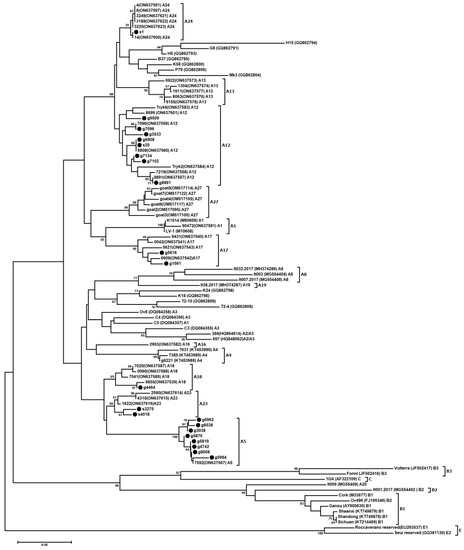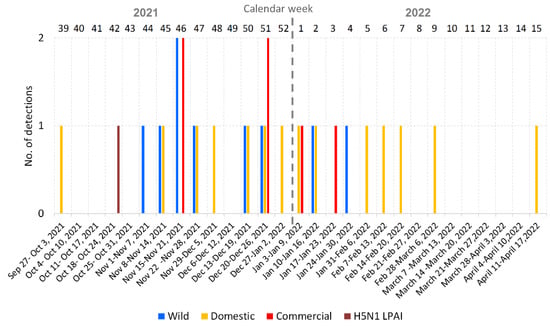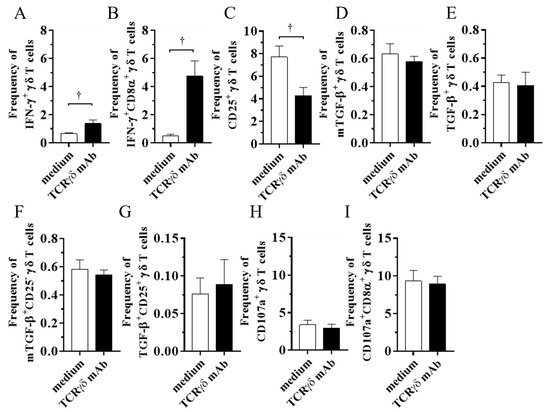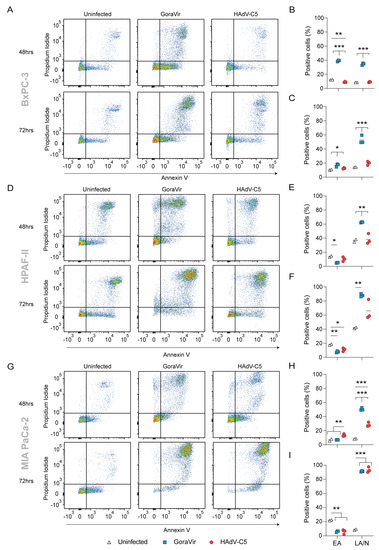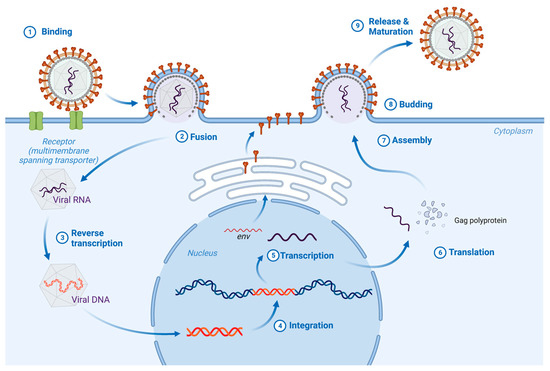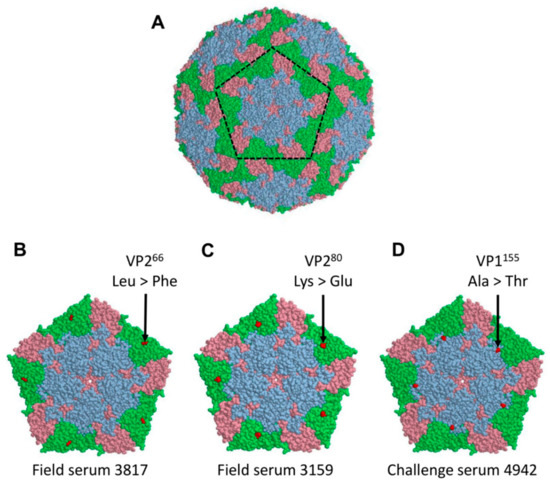Viruses 2023, 15(2), 311; https://doi.org/10.3390/v15020311 - 22 Jan 2023
Cited by 17 | Viewed by 2801
Abstract
African swine fever (ASF) is an infectious Suidae disease caused by the ASF virus (ASFV). Adaptation to less susceptible, non-target host cells is one of the most common techniques used to attenuate virulent viruses. However, this may induce many mutations and large-scale rearrangements
[...] Read more.
African swine fever (ASF) is an infectious Suidae disease caused by the ASF virus (ASFV). Adaptation to less susceptible, non-target host cells is one of the most common techniques used to attenuate virulent viruses. However, this may induce many mutations and large-scale rearrangements in the viral genome, resulting in immunostimulatory potential loss of the virus in vivo. This study continuously maintained the virulent ASFV strain, Armenia2007 (Arm07), to establish an attenuated ASFV strain with minimum genetic alteration in a susceptible host cell line, immortalized porcine kidney macrophage (IPKM). A mutant strain was successfully isolated via repeated plaque purification in combination with next-generation sequencing analysis. The isolated strain, Arm07ΔMGF, which was obtained from a viral fluid at a passage level of 20, lacked 11 genes in total in the MGF300 and MGF360 regions and showed marked reduction in virulence against pigs. Moreover, all the pigs survived the challenge with the parental strain when pigs were immunized twice with 105 TCID50 of Arm07ΔMGF, although viremia and fever were not completely prevented after the challenge infection. These findings suggest that this naturally attenuated, spontaneously occurring ASFV strain may provide a novel platform for ASF vaccine development.
Full article
(This article belongs to the Special Issue African Swine Fever Virus 3.0)
►
Show Figures



